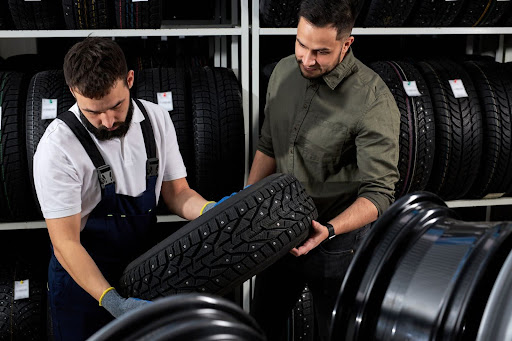
Unsplash – CC0 License
Car companies continually invest in new models to remain competitive. Those that don’t run the risk of falling behind, like numerous firms have over the course of history.
But plowing money into new vehicle models is a risk. How do companies know whether they are going to make a decent return?
Good question! Of course, we can all point to vehicles that didn’t sell well. But the majority of car models thrive, even when automakers take risks.
What drives these good decisions? It’s not “pure genius” or even good luck. Instead, a lot of what car companies do involves careful analysis and trying to predict what will work, and what won’t.
This post explains what car companies do in more detail to predict the success of new models. This knowledge lets them decide the number of vehicles they want in a run, so they don’t over- or under-invest in plant, machinery, and advertising.
Competitor Analysis
Car companies’ main tool is competitor analysis. Instead of trying to figure out whether their vehicles will sell from scratch, they look to see if other firms have been successful.
For example, Nissan might consider launching a new electric SUV and might look to see what success Tesla has had in that space.
This analysis is cheap because data collection is minimal. It’s also fairly reliable, since real cars from competitors are already on the road, which is why it is so popular.
Conjoint Analysis
Another approach is to use various types of conjoint analysis. The idea here is to carefully evaluate survey respondents’ responses and use these to model changes in demand.
Again, these models have assumptions. But many are calibrated using robust past parameters that don’t change a great deal over time.
The result? Pretty accurate forecasts of how many units will sell, based on existing knowledge.
Prototyping And Testing
The prototyping and testing process can also give automakers an idea of the popularity of a proposed vehicle model. Getting direct feedback from drivers on a vehicle helps them work out how many units they can sell, and the price customers will accept.
Demographic Analysis
Another approach is to use basic demographic analysis. Here, car companies ask probing questions about their audiences to figure out what types of features they want from their vehicles, what they can afford, and how much they are willing to pay.
For example, they might discover that their typical customer is a family of four that regularly does school runs. In this case, they might need to include things like extra rear seats, plenty of boot space, and rails for attaching roof racks.
Economic Factors
Finally, automakers consider wider economic conditions. The interest rate, inflation, and other variables affect the amount of disposable income available for consumers to purchase cars.
The implications of these economic factors can be significant. For instance, after the financial crisis of 2008, Greece’s per capita income still hasn’t recovered, meaning that the market has remained stagnant for automakers for longer than they expected previously.













More Stories
BRANO and DOMO join forces to replace aluminum with TECHNYL® polyamide
trinamiX – will cars function like Smartwatches in the future?
Motorcycle Defects That Can Lead to Catastrophic Accidents